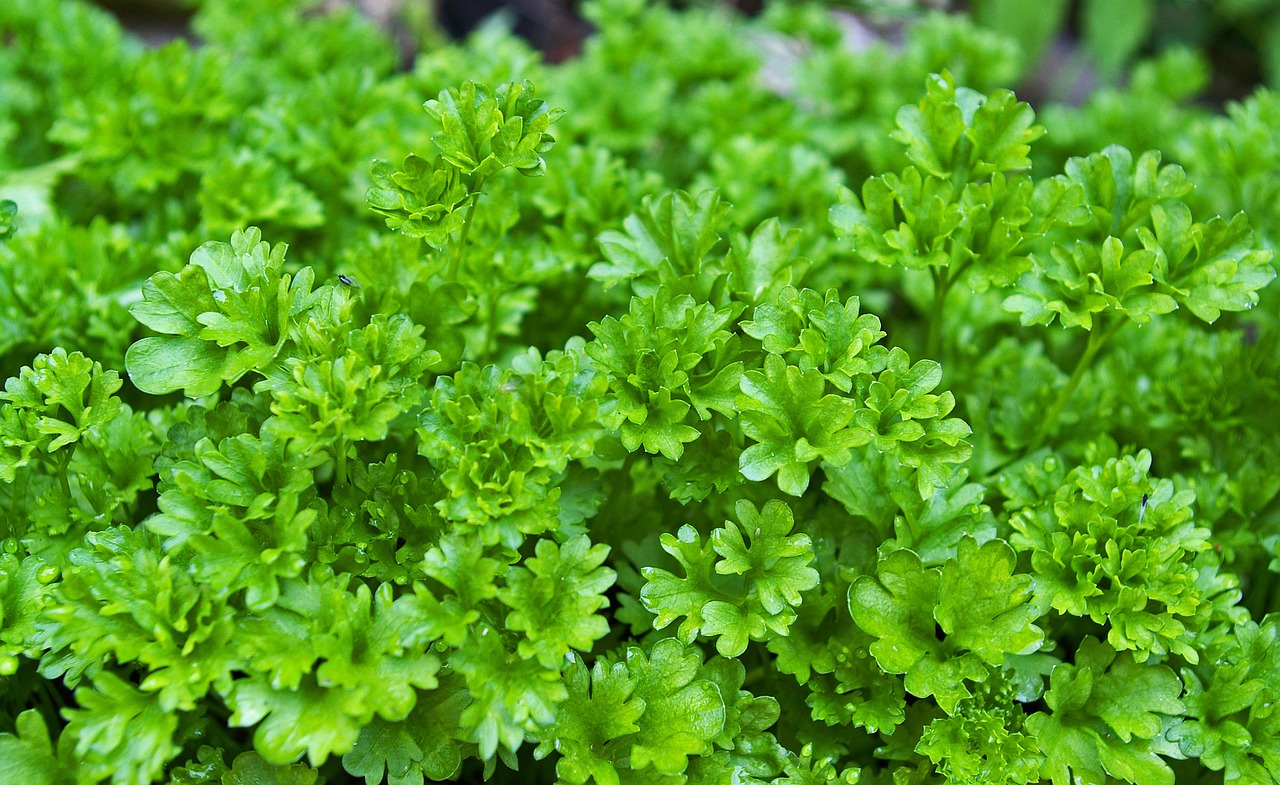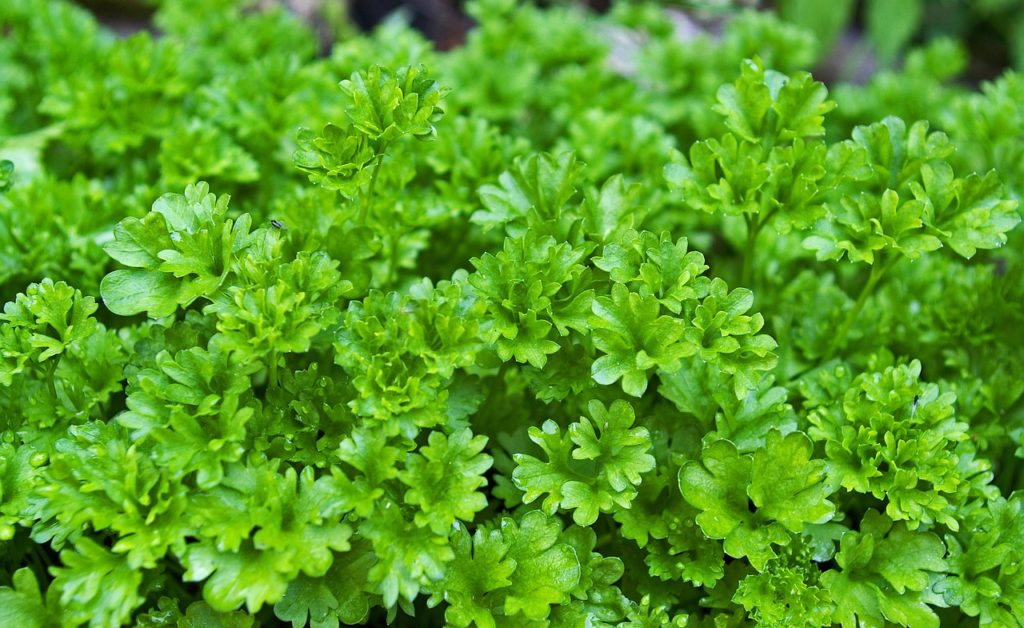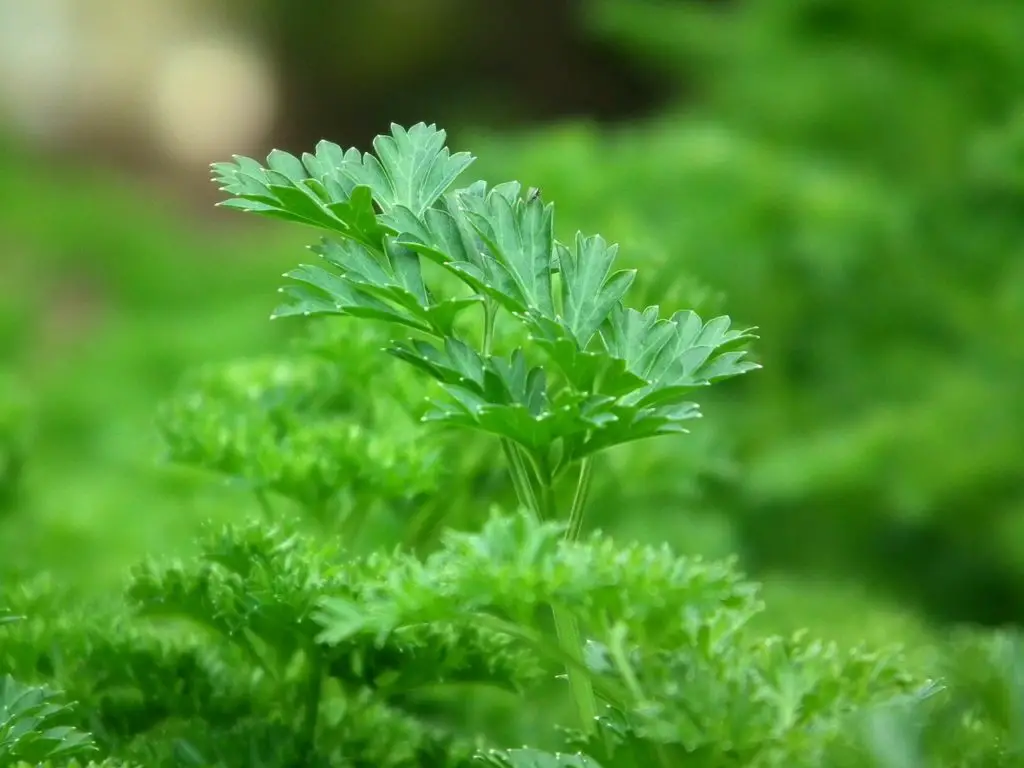Parsley is one of the most popular herbs used in cooking and it adds a unique flavor and aroma to dishes. However, fresh parsley only lasts for a few days before it starts to wilt and go bad. That’s where dried parsley comes in. Dried parsley not only lasts much longer than fresh parsley, but it also enhances the flavor and aroma of dishes in a way that fresh parsley can’t. In this blog post, we’ll discuss the different methods of drying parsley and provide you with tips on how to do it perfectly every time.
Why Drying Parsley is Important: Health and Culinary Benefits
Drying parsley is important for a number of reasons. Firstly, it helps to preserve the nutritional value of the herb. Parsley is loaded with vitamins A, C and K, as well as iron and folate. When you dry parsley, you retain these nutrients, making it a healthy addition to your meals. Secondly, dried parsley has a more intense flavor than fresh parsley. When you dry parsley, the water content is removed, leaving a more concentrated flavor. This allows you to use less parsley while still achieving the same delicious flavor.
Different Methods for Drying Parsley: Which Works Best
There are two main methods for drying parsley: air-drying and oven-drying. Both methods work well, but the one that’s best for you will depend on your personal preferences and the equipment you have available.
Air-drying: How to Air-dry Parsley Perfectly
Air-drying is the easiest and most traditional method of drying parsley. Here’s how to do it:
1. Wash the parsley: Before drying, wash the parsley under cold running water to remove any dirt or debris.
2. Remove the excess water: Gently shake the parsley to remove any excess water. You want to leave a little bit of moisture on the parsley to help it dry, but not too much.
3. Tie the parsley: Bundle the parsley together and tie it with a string or rubber band.
4. Hang the parsley: Hang the bundle of parsley upside down in a warm, well-ventilated area. Make sure it’s not in direct sunlight, as this can cause the parsley to lose its flavor.
5. Wait for the parsley to dry: It should take around 1-2 weeks for the parsley to dry completely. Once it’s dry, remove the leaves from the stems and store them in an airtight container.
Oven-drying: Step-by-Step Guide for Oven-drying Parsley
If you’re short on time, oven-drying is a faster method of drying parsley. Here’s how to do it:
1. Preheat the oven: Preheat your oven to 180°F (82°C).
2. Wash and dry the parsley: Wash the parsley under cold running water and then gently pat it dry with a towel.
3. Place the parsley on a baking sheet: Spread the parsley out on a baking sheet in a single layer. Make sure the leaves aren’t touching each other.
4. Bake the parsley: Slide the baking sheet into the preheated oven and let it bake for around 2-4 hours. Check on the parsley every hour or so, and remove any pieces that are dry and crispy.
5. Store the parsley: Once the parsley is completely dry, remove the leaves from the stems and store them in an airtight container.
How to Store Dried Parsley for Longevity
Once you’ve dried your parsley, it’s important to store it properly to keep it fresh and flavorful for as long as possible. Here are some tips for storing dried parsley:
1. Use airtight containers: Store the dried parsley in an airtight container to prevent it from absorbing moisture and losing its flavor.
2. Label the container: It’s a good idea to label the container with the date you dried the parsley. This will help you keep track of when it’s time to replace it.
3. Store in a cool, dry place: Keep the container of dried parsley in a cool, dry place that’s away from direct sunlight. A pantry or cupboard is a great place to store it.
4. Don’t crush the parsley: Avoid crushing the dried parsley until you’re ready to use it. This will help to preserve its flavor and aroma.
Conclusion
Drying parsley isn’t difficult, but it does take some time and patience. Whether you choose to air-dry or oven-dry your parsley, the end result will be a delicious, flavorful herb that you can use in a wide variety of dishes. With these tips, you’ll be able to dry parsley perfectly every time and enjoy the health and culinary benefits of this popular herb.



